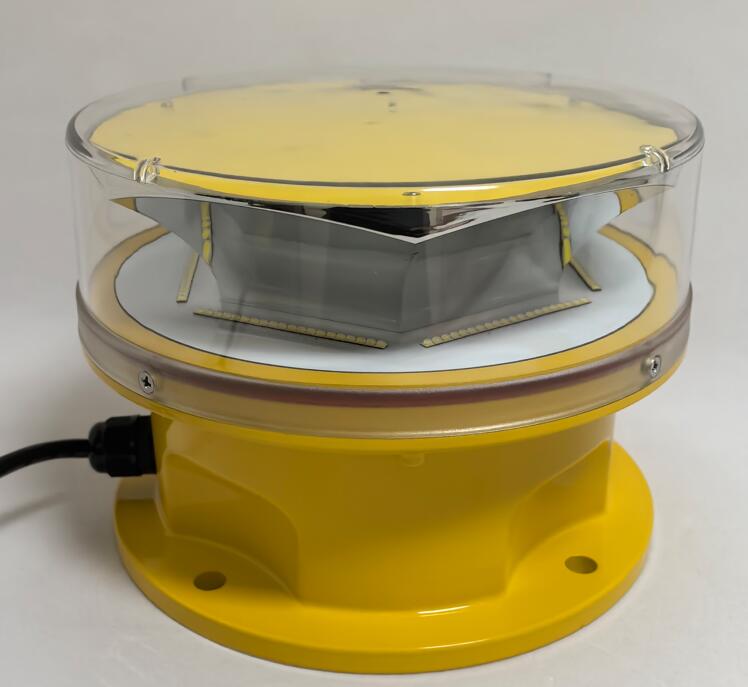The Ultimate Guide to Understanding and Utilizing Obstruction Warning Lights
In the modern world, safety and visibility are paramount, especially in environments where tall structures and moving machinery are prevalent. One of the most critical components ensuring safety in such settings is the obstruction warning light. These lights are not just accessories; they are essential tools that prevent accidents, enhance visibility, and comply with regulatory standards. This article delves into the importance, types, applications, and benefits of obstruction warning lights, providing a comprehensive guide for anyone looking to understand or implement these safety devices.
What Are Obstruction Warning Lights?
Obstruction warning lights are specialized lighting systems designed to mark the presence of obstacles, particularly in low-visibility conditions. These lights are commonly used on tall structures such as buildings, towers, cranes, wind turbines, and even aircraft. Their primary purpose is to alert pilots, drivers, and other operators of potential hazards, thereby preventing collisions and ensuring safe navigation.
Types of Obstruction Warning Lights
There are several types of obstruction warning lights, each suited for different applications and environments. Understanding these types can help you choose the right one for your specific needs.

1. Low-Intensity Obstruction Lights
Low-intensity obstruction lights are typically used on structures that are less than 150 feet tall. These lights are ideal for areas where the risk of collision is relatively low but still present. They are often used in urban settings where buildings are shorter but still pose a risk to low-flying aircraft.
2. Medium-Intensity Obstruction Lights
Medium-intensity obstruction lights are used on structures ranging from 150 to 500 feet tall. These lights are more visible than low-intensity lights and are often used in areas where the risk of collision is moderate. They are commonly found on communication towers, wind turbines, and taller buildings.
3. High-Intensity Obstruction Lights
High-intensity obstruction lights are used on structures taller than 500 feet. These lights are extremely bright and are designed to be visible from great distances. They are typically used on very tall structures such as skyscrapers, large communication towers, and offshore oil rigs.
| obstruction warning lights |
4. Dual Obstruction Lights
Dual obstruction lights combine both low and medium-intensity lights in a single unit. These lights are versatile and can be used on a variety of structures, providing flexibility in different environments.
Applications of Obstruction Warning Lights
Obstruction warning lights are used in a wide range of applications, each with its own set of requirements and challenges. Here are some of the most common applications:
1. Aviation
In aviation, obstruction warning lights are crucial for marking tall structures that could pose a risk to aircraft. These lights are installed on communication towers, wind turbines, and tall buildings to ensure that pilots can see and avoid these obstacles, especially during night flights or in poor weather conditions.
2. Marine
In marine environments, obstruction warning lights are used on offshore oil rigs, lighthouses, and other tall structures. These lights help ships and boats navigate safely, preventing collisions and ensuring the safety of both the vessel and the structure.
3. Construction
In the construction industry, obstruction warning lights are used on cranes, scaffolding, and other tall equipment. These lights help workers and operators see the equipment, reducing the risk of accidents and ensuring a safer work environment.
4. Wind Energy
Wind turbines are often located in remote areas and can be very tall. Obstruction warning lights are essential for marking these structures, ensuring that they are visible to aircraft and reducing the risk of collisions.
Benefits of Obstruction Warning Lights
The benefits of obstruction warning lights are numerous, making them an indispensable tool in various industries. Here are some of the key advantages:
1. Enhanced Safety
The primary benefit of obstruction warning lights is enhanced safety. By marking obstacles, these lights help prevent collisions, protecting both people and property.
2. Regulatory Compliance
Many industries are subject to strict regulations regarding the marking of tall structures. Obstruction warning lights help ensure compliance with these regulations, avoiding potential fines and legal issues.
3. Improved Visibility
Obstruction warning lights improve visibility, making it easier for pilots, drivers, and operators to see and avoid obstacles. This is particularly important in low-visibility conditions such as fog, rain, or darkness.
4. Cost-Effective
Investing in obstruction warning lights is a cost-effective way to enhance safety and prevent accidents. The cost of installing and maintaining these lights is far outweighed by the potential costs of accidents and collisions.
5. Versatility
Obstruction warning lights are versatile and can be used in a wide range of applications. Whether you need to mark a tall building, a wind turbine, or a construction crane, there is an obstruction warning light that meets your needs.
Obstruction warning lights are more than just safety devices; they are essential tools that enhance visibility, prevent accidents, and ensure regulatory compliance. With various types and applications, these lights offer a versatile and cost-effective solution for marking obstacles in different environments. Whether you are in aviation, marine, construction, or wind energy, understanding and utilizing obstruction warning lights can significantly improve safety and operational efficiency.
By investing in high-quality obstruction warning lights, you are not only protecting your assets but also ensuring the safety of those who rely on clear visibility to navigate their surroundings. Make the smart choice today and prioritize safety with obstruction warning lights.
